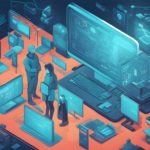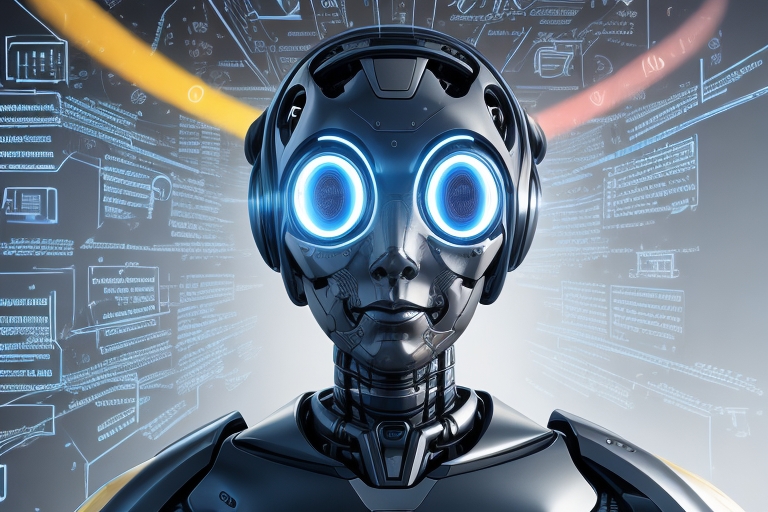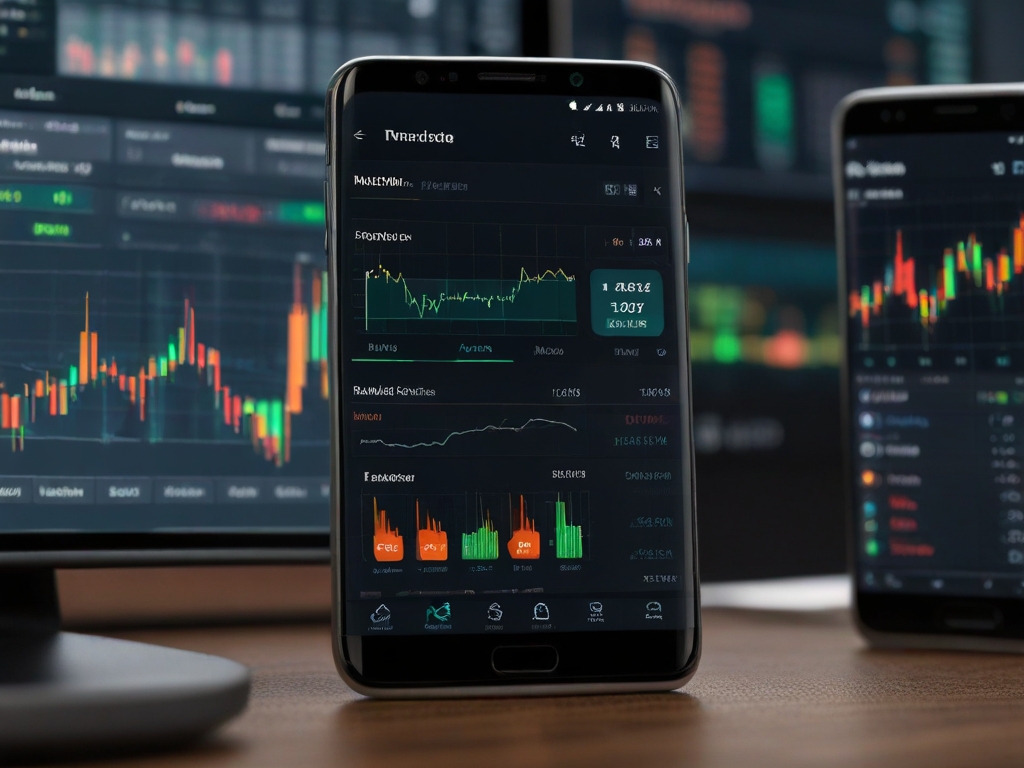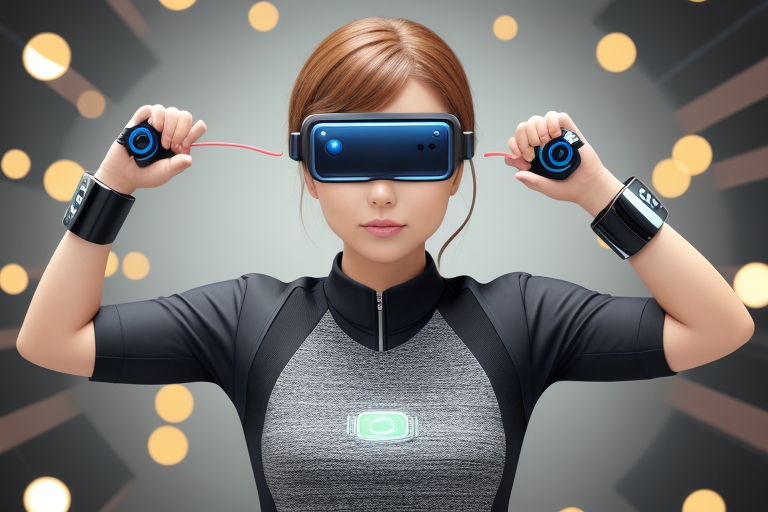Artificial intelligence (AI) is already transforming major industries, but its impact extends to our daily lives in more subtle ways. As machine learning algorithms and AI techniques improve, they are being integrated into countless common products and services. While the full implications of AI have yet to be realized, it is already changing how we communicate, shop, travel, and entertain ourselves on a day-to-day basis. In this article, we will explore some of the most significant ways AI is reshaping everyday experiences.
Artificial Intelligence in Smartphones and Devices
Smartphones and smart home devices are getting “smarter” every year thanks to AI under the hood. Here are some examples:
- Digital Assistants – Siri, Alexa, Google Assistant use natural language processing to understand commands, answer questions, and help automate device control.
- Product Recommendations – Apps like Amazon, Netflix, and Spotify analyze your past activity and preferences with AI to recommend products and content.
- Photo Organization – Google Photos uses image recognition algorithms to automatically tag people and objects in your photos for easy searching and memories.
- Predictive Text – Messaging apps suggest words and phrases based on your writing style patterns through AI-powered autocorrect and word recommendations.
- Biometric Security – Facial recognition and fingerprint unlock features on phones securely authenticate you via AI matching.
Artificial Intelligence in Social Media
From personalized news feeds to automatic tagging suggestions, social platforms apply AI to enhance user experiences:
- Curated Feeds – Instagram, Facebook, TikTok rank posts and ads by relevance to you based on past engagement patterns analyzed by AI.
- Language Translation – Users can instantly view translated versions of posts in other languages thanks to AI-powered translation within apps like Facebook and Twitter.
- Image Description for Visually Impaired – Facebook’s automatic alt text feature uses object detection to describe photos for blind users.
- Harassment Detection – AI helps identify toxic comments and cyberbullying to flag for human review, creating safer online spaces.
Artificial Intelligence in Ecommerce and Retail
Online and brick-and-mortar retailers use AI in the following ways:
- Recommendation Engines – Online stores analyze past purchases and browsing to suggest products likely to interest customers through algorithms.
- Inventory and Supply Chain Optimization – AI models predict demand to minimize overstocking/understocking and map optimal fulfillment routes to maximize efficiency.
- Checkout-free Stores – Amazon Go’s cashier-less concept uses computer vision and sensors to track what customers pick up so they simply walk out without stopping to pay.
- Virtual Try-on – Clothing brands like Gap are rolling out AR features allowing online shoppers to virtually try on items using AI-powered image overlays.
Artificial Intelligence in Transportation
AI is transforming how we get around in these key ways:
- Ridesharing – Apps like Uber and Lyft use machine learning to model dynamic pricing, optimally match drivers and riders, and predict ETAs.
- Navigation – Google Maps applies AI to traffic data to suggest optimal routes, estimate trip times considering conditions, and reroute users around delays.
- Autonomous Vehicles – AI analyzes sensor data in real-time to safely control self-driving cars and trucks without human intervention. Wide rollout could revolutionize transportation.
- Congestion Reduction – Smart city systems optimize traffic lights and routes to minimize gridlock based on traffic patterns analyzed by AI.
Artificial Intelligence in Entertainment
Media and entertainment also benefit from artificial intelligence in the following applications:
- Recommendations – Netflix, Spotify, and YouTube Kids surface personalized content recommendations through AI algorithms similar to social feeds and shopping.
- Video/Photo Editing – Editing tools in apps like Adobe Photoshop use AI to streamline processes like selecting subjects, correcting colors/lighting, applying filters that match aesthetics.
- Fake Media Detection – AI can analyze videos and images to identify manipulated “deepfakes” to curb misinformation. Could help stem impacts viral forgeries have on reputation/politics.
- Interactive Gaming – AI allows video game characters to react realistically using natural language processing, planning algorithms and machine learning from player interactions.
Artificial Intelligence in Smart Homes
Within smart homes, AI helps:
- Understand Voice Commands – AI speech recognition allows smart speakers to understand natural language requests like Alexa and Siri to control devices/answer queries.
- Optimize Energy Use – Smart thermostats like Nest predict occupancy and adjust heating/cooling when needed to reduce energy consumption through AI-powered learning.
- Respond to Abnormalities – Smart security systems detect broken glass, smoke or flooding and alert homeowners through anomaly detection algorithms.
- Chore Automation – Robot vacuums like Roomba map floorplans with sensors and navigate intelligently throughout the home cleaning.
The Future of Everyday Artificial Intelligence
As artificial intelligence capabilities grow more advanced, machines could handle even more tasks for us:
- Intuitive virtual companions providing conversation, advice and education
- Seamless translation of spoken and written language in real-time
- Advanced warning about travel interruptions allowing preemptive adjustments
- Automatic scheduling of services and appointments customized to our priorities
- Customized nutrition/fitness recommendations based on biometrics
- Curation of entertainment and news content based on personal interests
The possibilities of AI are endless. At Kojyon.com we are excited to innovate ways artificial intelligence can enhance people’s lives through user-focused design and development. What are you most looking forward to in the AI-powered future?















